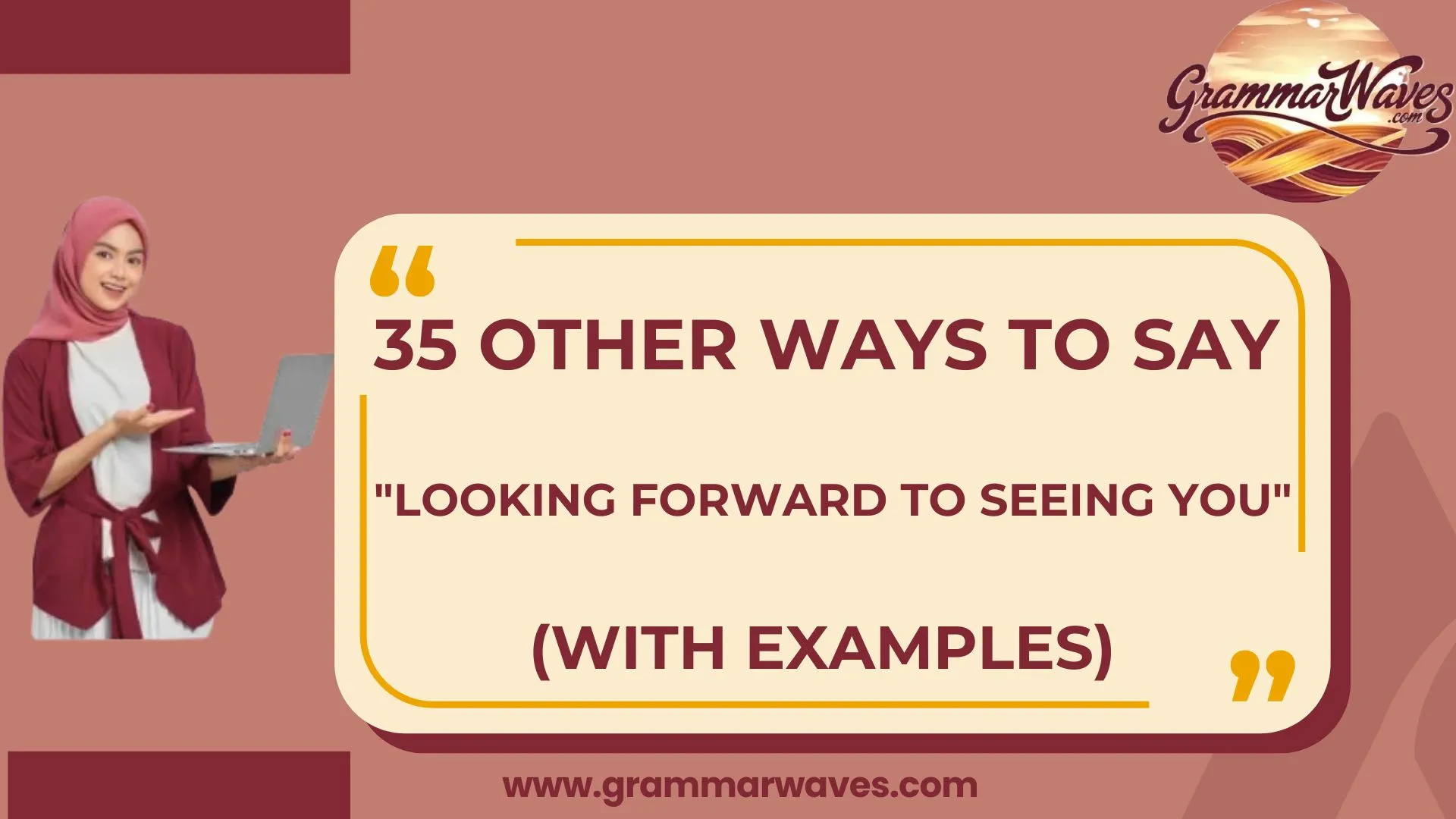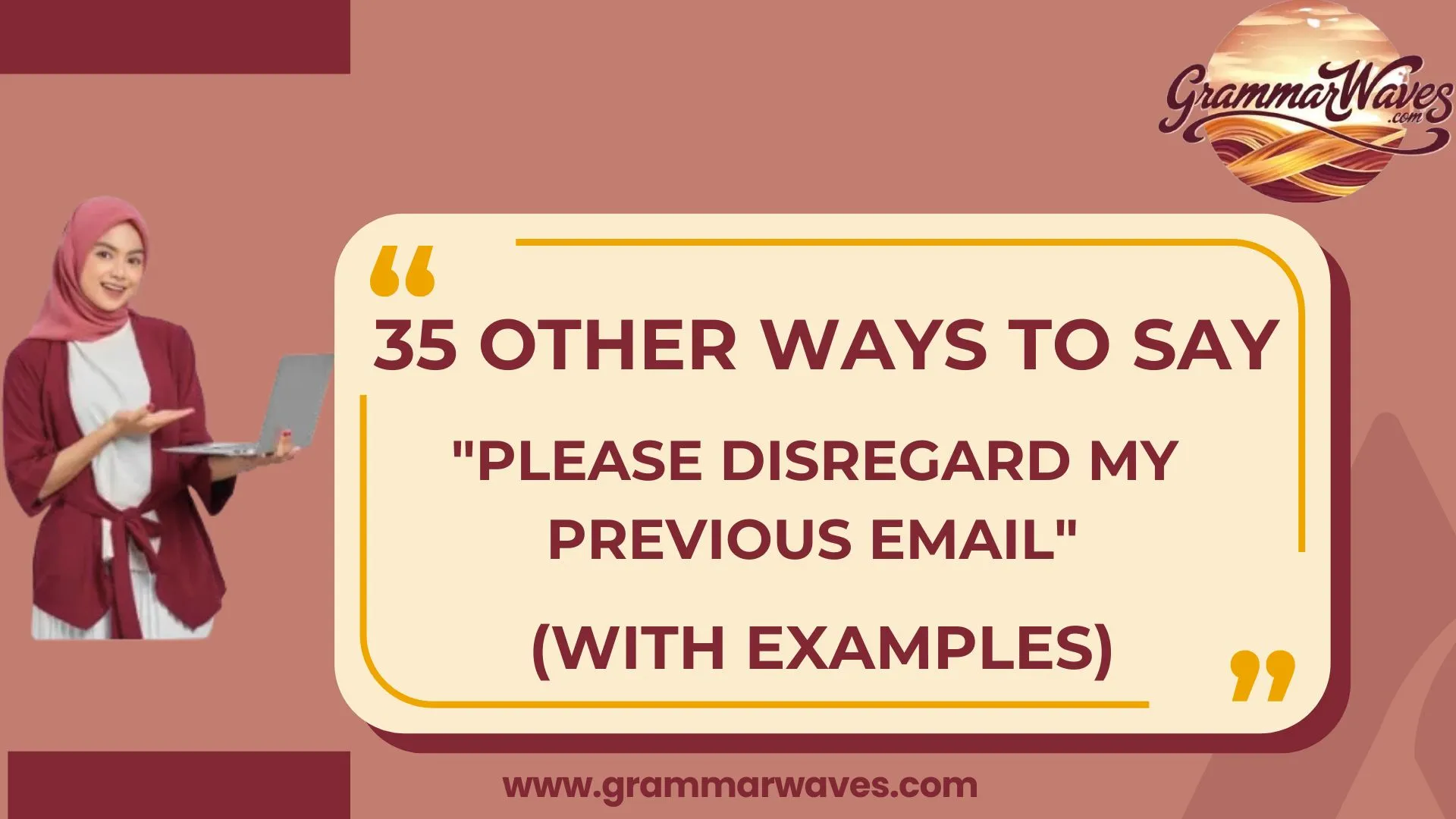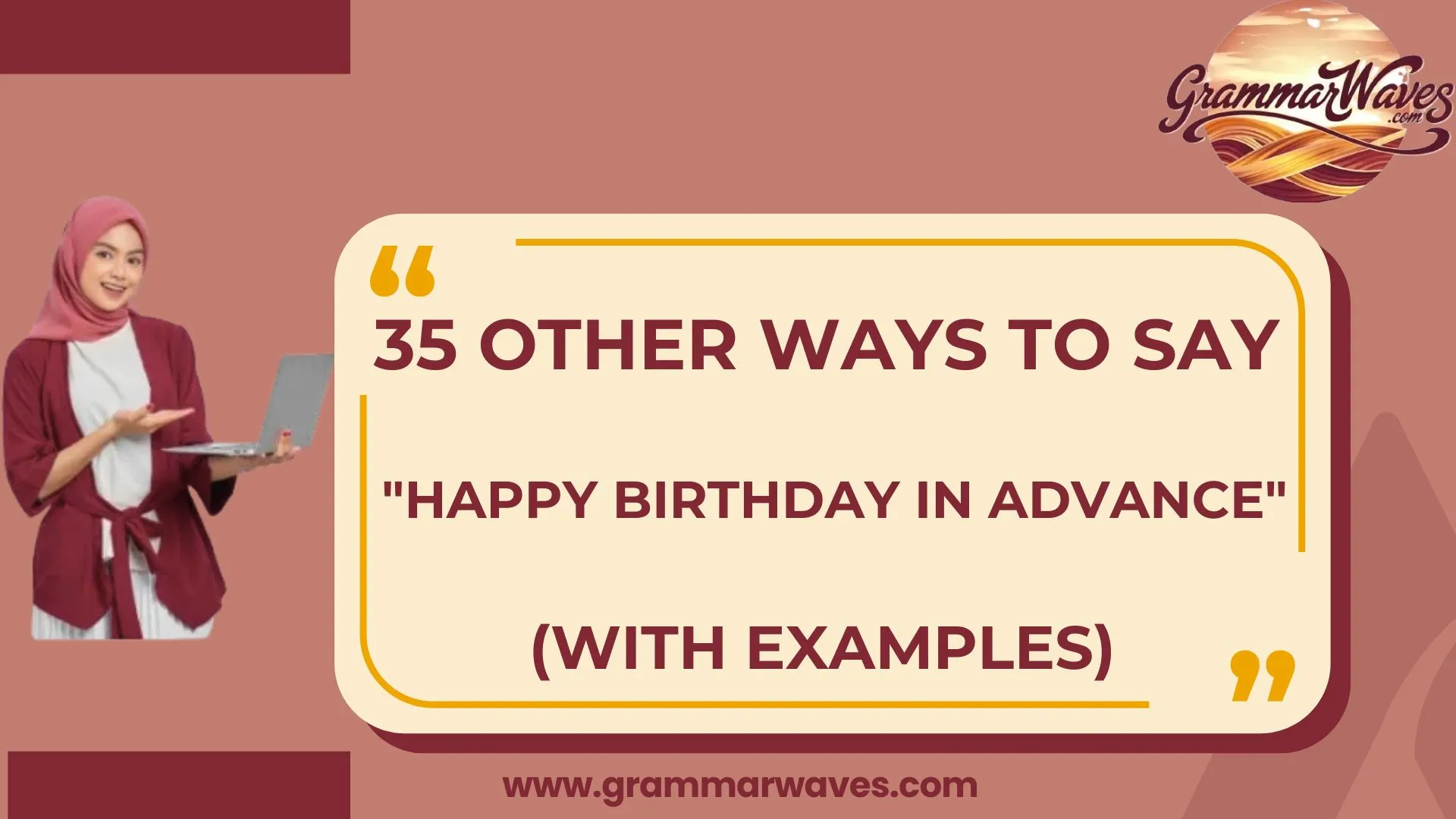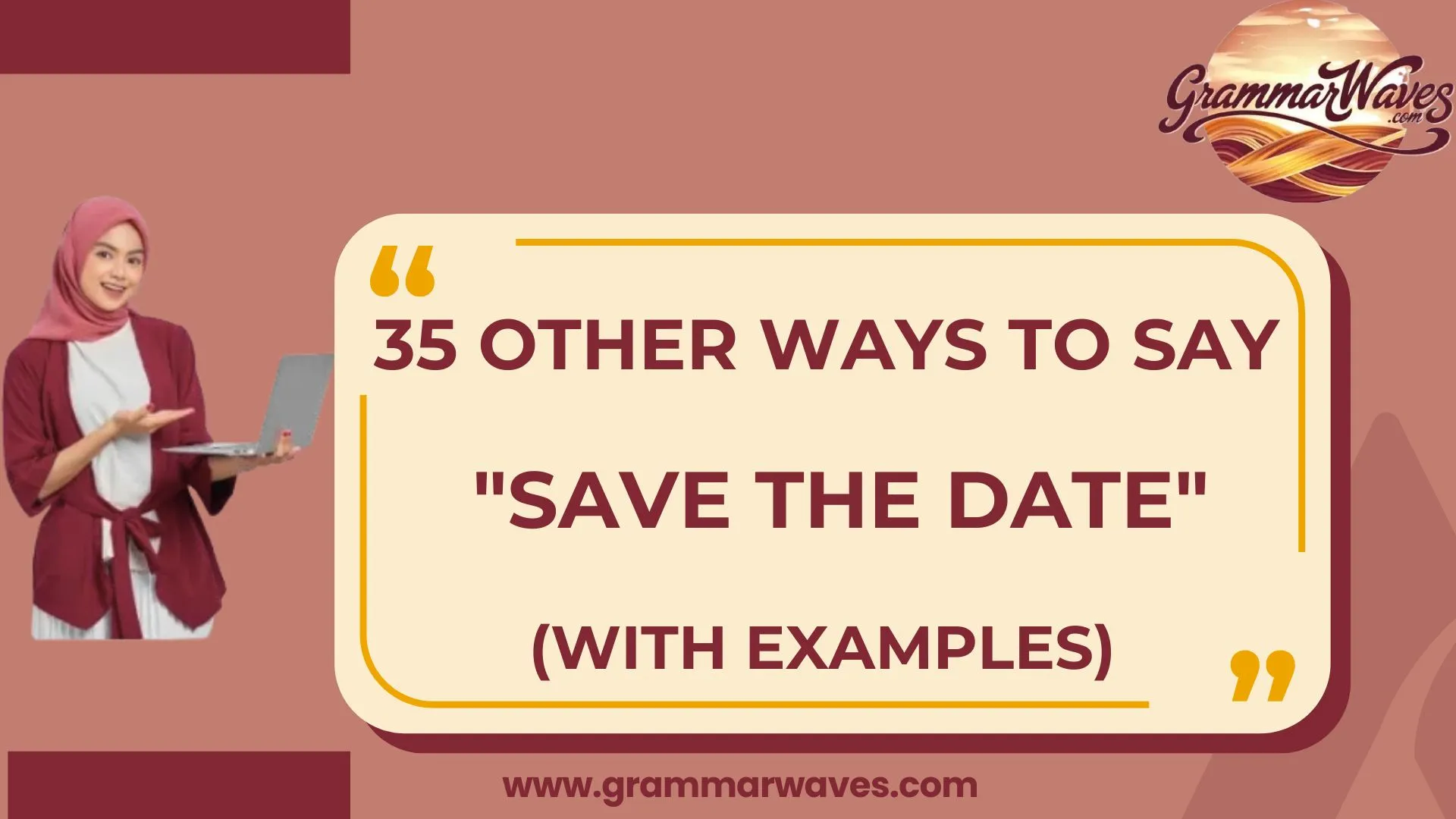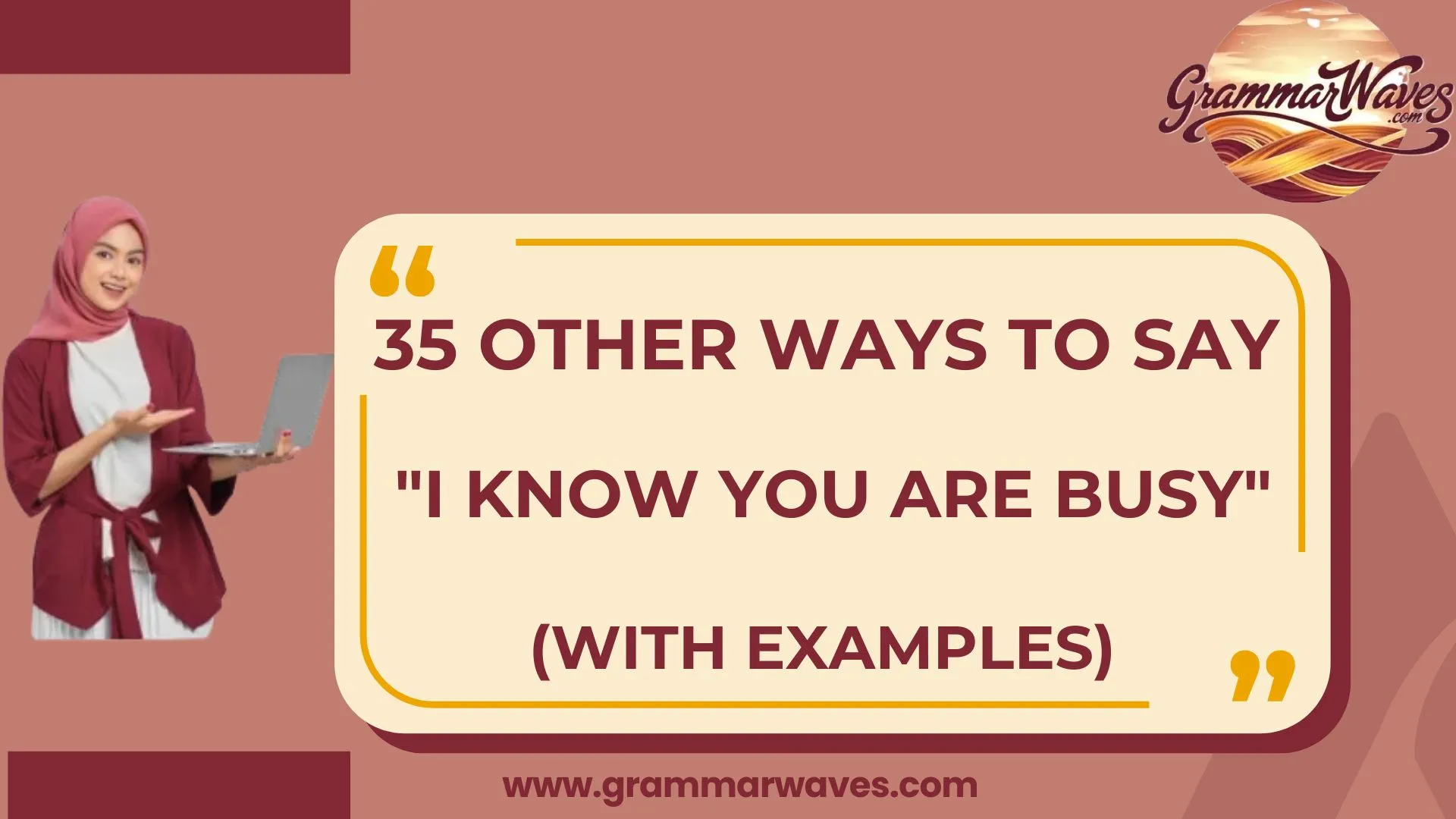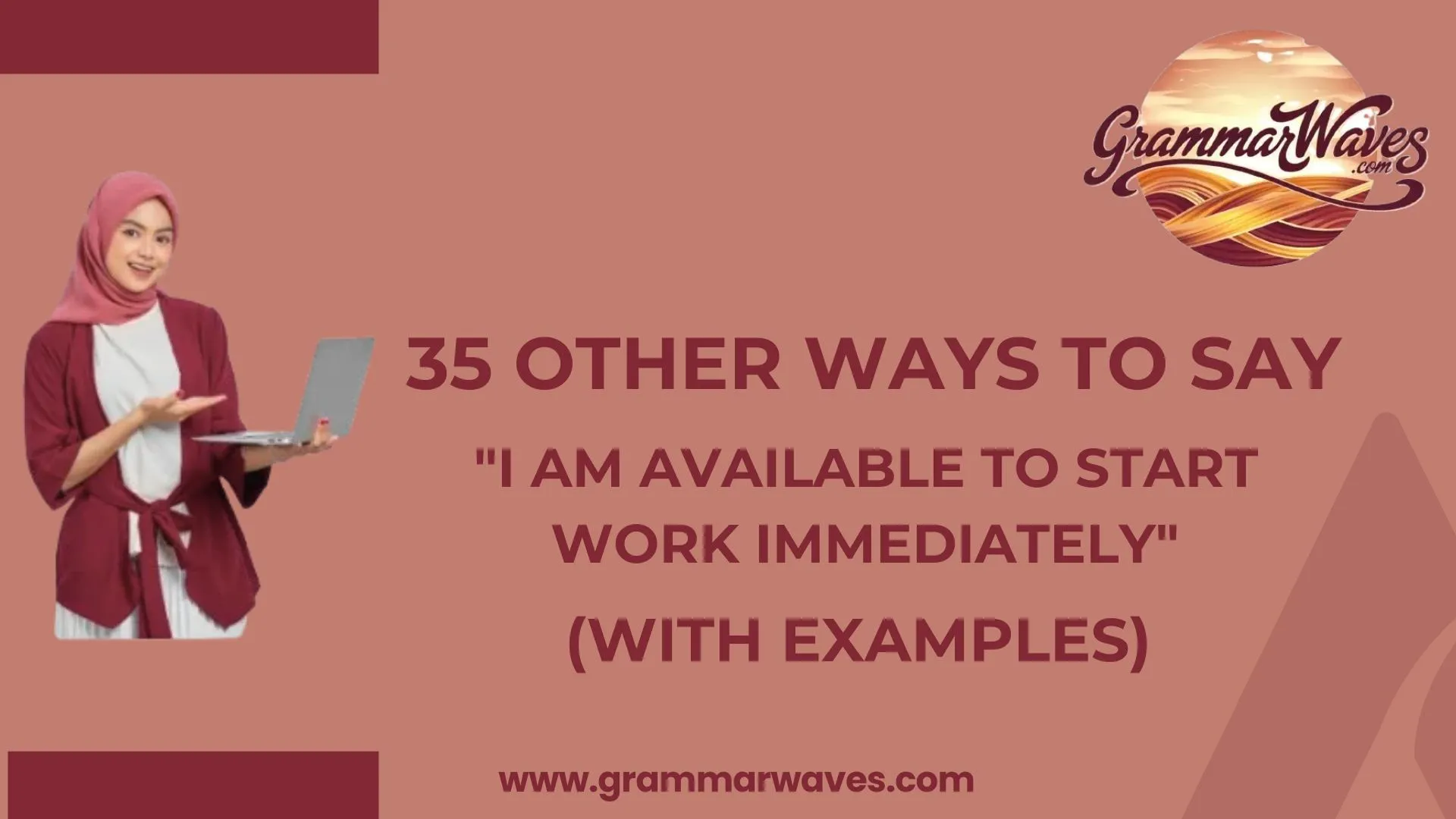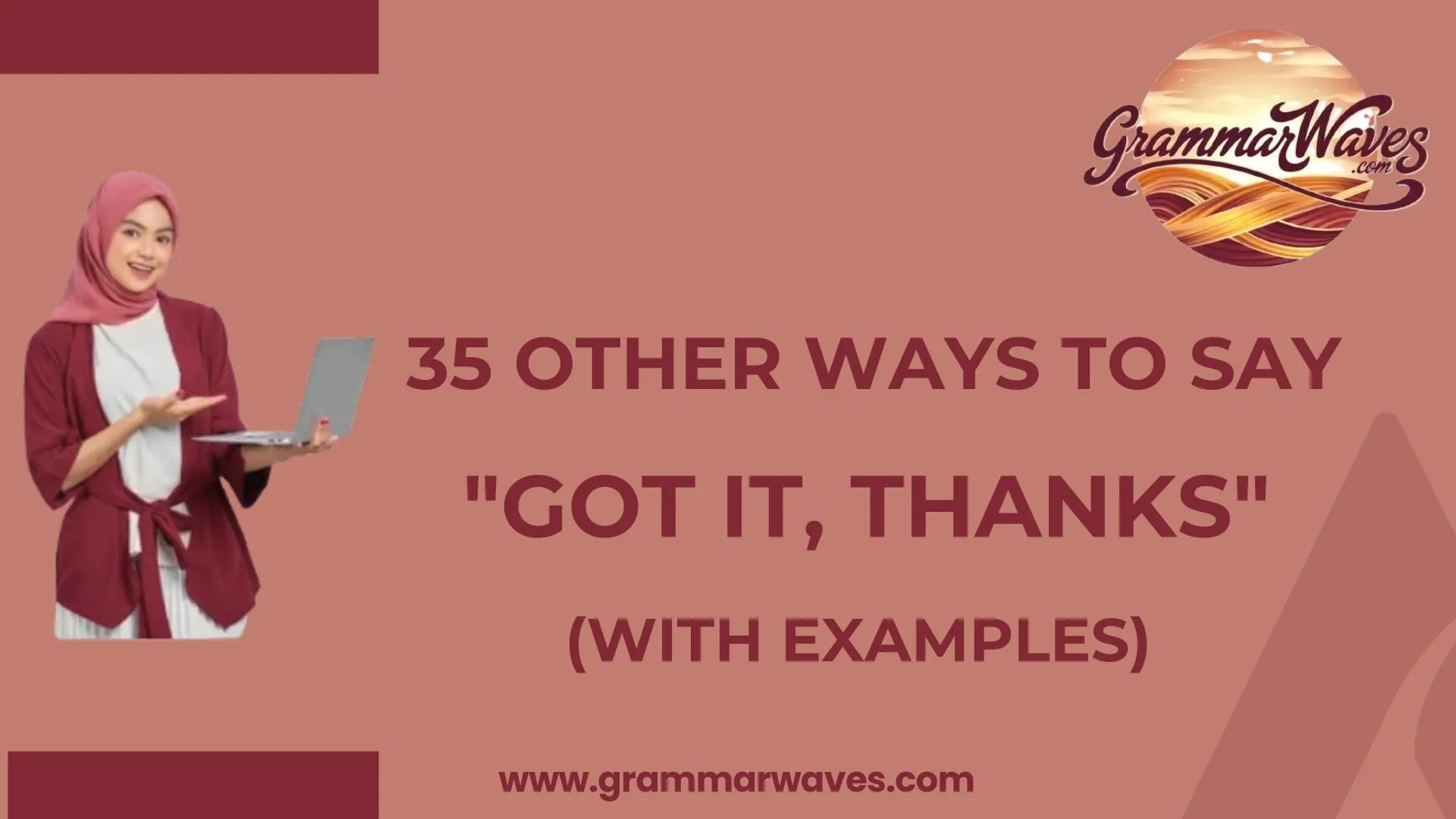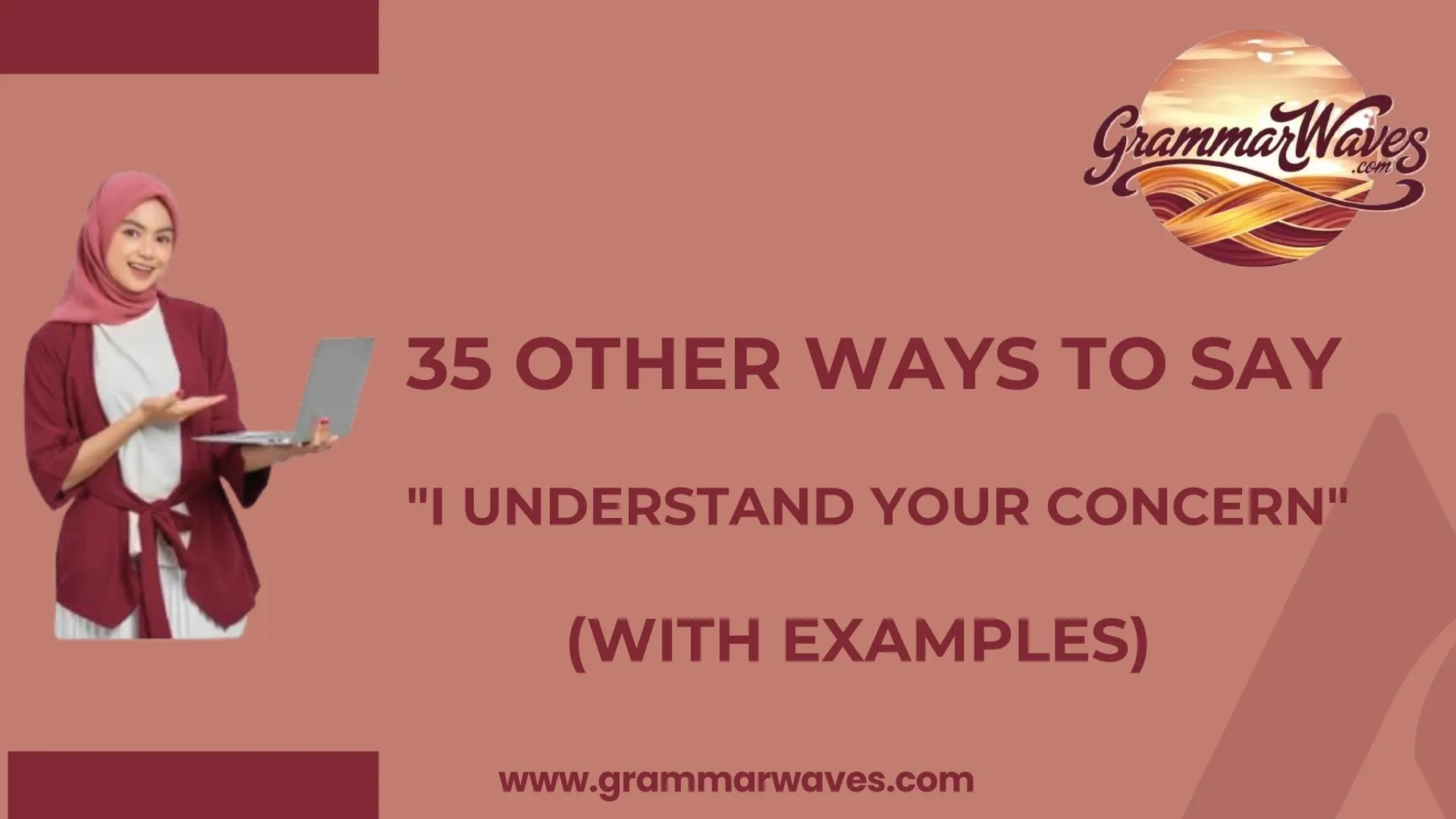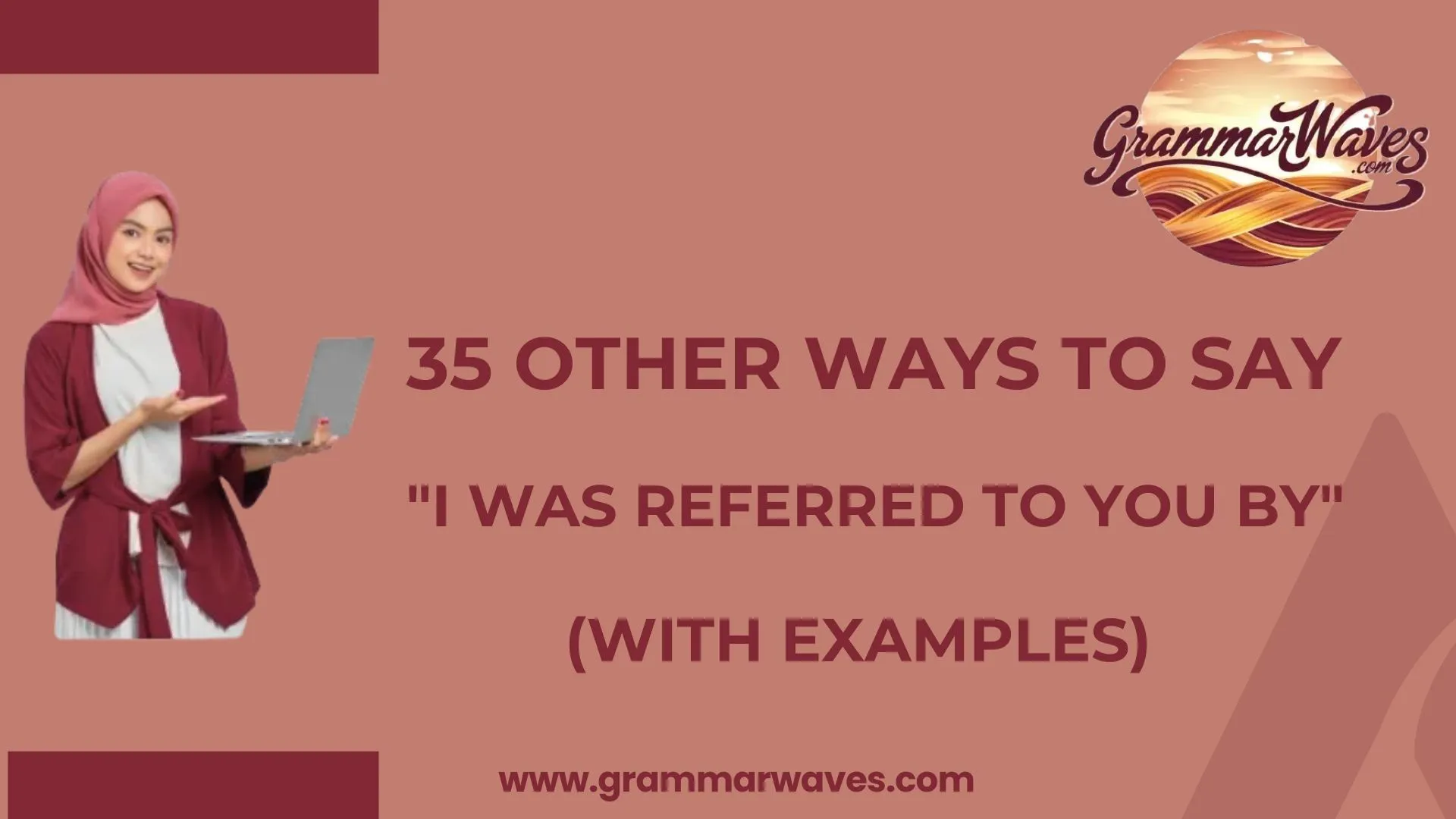When finding the right words to communicate, saying “This Quote Shows” is often clear, but exploring alternatives allows your expression to feel more personal, thoughtful, and engaging. Whether writing an essay, discussing literature, or reflecting on a meaningful passage, these phrases can help your message resonate with care and depth, creating a connection with readers.
By using different strategies, you can transform the way your ideas are understood. Thoughtful alternatives make your writing authentic and personal, showing attention to detail. Choosing deliberate words turns ordinary statements into meaningful expressions, helping all 35 examples convey your points effectively.
Finding the right words can transform the way we communicate. Saying “This quote shows” is clear, but exploring alternatives allows your expression to feel more personal, thoughtful, and engaging. Whether you’re writing an essay, discussing literature, or reflecting on a meaningful passage, these phrases can help your message resonate with care and depth, creating a connection with your readers.
What Does “This Quote Shows” Mean?
When you say “This quote shows”, you’re pointing to evidence, insight, or a lesson drawn from a text. It indicates that the quote illustrates, supports, or exemplifies a particular point, helping readers understand its relevance or meaning.
When to Use “This Quote Shows”
You can use this phrase when:
- Analyzing literature, speeches, or essays
- Writing research papers or reflective pieces
- Explaining how a quote supports a point or argument
- Sharing meaningful insights in discussions
It works best when you want to clarify the significance of a quote without overcomplicating your writing.
Is It Professional/Polite to Say “This Quote Shows”?
Yes! It’s neutral, professional, and clear, suitable for academic, professional, and informal writing. Using alternatives can make your writing more sophisticated, varied, or expressive, depending on your tone and audience.
Pros and Cons
Pros:
- Clear and easy to understand
- Directly links a quote to a point or argument
- Works in professional and casual contexts
Cons:
- Can sound repetitive if overused
- Lacks nuance or stylistic variation in more creative writing
- Doesn’t always convey the depth of the quote’s meaning
This Quote Shows Synonyms:
- This Quote Illustrates
- This Quote Highlights
- This Quote Demonstrates
- This Quote Emphasizes
- This Quote Suggests
- This Quote Depicts
- This Quote Reflects
- This Quote Reinforces
- This Quote Exemplifies
- This Quote Signifies
- This Quote Expresses
- This Quote Underscores
- This Quote Conveys
- This Quote Reveals
- This Quote Portrays
- This Quote Depicts
- This Quote Illuminates
- This Quote Highlights
- This Quote Affirms
- This Quote Confirms
- This Quote Signals
- This Quote Suggests
- This Quote Evokes
- This Quote Reinforces
- This Quote Validates
- This Quote Emphasizes
- This Quote Suggests
- This Quote Highlights
- This Quote Depicts
- This Quote Affirms
- This Quote Validates
- This Quote Confirms
- This Quote Brings Out
- This Quote Portrays
- This Quote Captures
This Quote Illustrates
Meaning:
Demonstrates or provides an example of a concept or idea.
Explanation:
Shows a quote’s role in clarifying or emphasizing a point.
Example:
This quote illustrates the character’s struggle with isolation.”
Best Use:
Academic writing, essays, analytical discussion
Worst Use:
Overly casual or informal social media posts
Tone:
Professional, explanatory, clear
This Quote Highlights
Meaning:
Draws attention to a key idea or theme in the text.
Explanation:
Emphasizes a quote’s important point or aspect for readers.
Example:
“This quote highlights the importance of perseverance in the narrative.”
Best Use:
Academic papers, reflective essays, and discussions
Worst Use:
Overused in creative writing without variety
Tone:
Neutral, professional, emphatic
This Quote Demonstrates
Meaning:
Shows evidence or proof for a particular point.
Explanation:
Indicates that the quote supports or validates a claim.
Example:
“This quote demonstrates the protagonist’s moral conflict.”
Best Use:
Analytical essays, research papers
Worst Use:
Casual social media captions
Tone:
Professional, clear, authoritative
This Quote Emphasizes
Meaning:
Puts focus on a central idea or theme.
Explanation:
Conveys that the quote underlines a critical aspect of the topic.
Example:
“This quote emphasizes the consequences of dishonesty.”
Best Use:
Academic writing, speeches, reflective essays
Worst Use:
Overuse can sound repetitive.
Tone:
Neutral, focused, professional
This Quote Suggests
Meaning:
Implies or hints at a meaning or idea.
Explanation:
Shows that the quote points toward a broader conclusion or insight.
Example:
“This quote suggests that empathy is a key virtue.”
Best Use:
Analytical writing, discussion of themes
Worst Use:
When certainty is needed, as “suggests” is less definitive
Tone:
Thoughtful, reflective, analytical
This Quote Depicts
Meaning:
Describes or represents a scene, idea, or emotion.
Explanation:
Highlights the quote’s illustrative quality in conveying imagery or meaning.
Example:
“This quote depicts the harsh realities of war.”
Best Use:
Literary analysis, descriptive essays
Worst Use:
Non-descriptive arguments where evidence is needed
Tone:
Descriptive, professional, illustrative
This Quote Reflects
Meaning:
Shows or mirrors an idea, theme, or character quality.
Explanation:
Indicates that the quote represents or embodies a particular aspect.
Example:
“This quote reflects the protagonist’s inner conflict.”
Best Use:
Analytical essays, reflective writing
Worst Use:
Overuse in casual writing may sound repetitive
Tone:
Thoughtful, analytical, reflective
This Quote Reinforces
Meaning:
Strengthens or supports an argument or idea.
Explanation:
Shows that the quote validates or backs up a point made in your writing.
Example:
“This quote reinforces the theme of resilience throughout the novel.”
Best Use:
Academic essays, debates, and professional writing
Worst Use:
Casual conversation where simpler phrasing works better
Tone:
Professional, persuasive, clear
This Quote Exemplifies
Meaning:
Serves as an example of a larger idea or principle.
Explanation:
Highlights the quote’s role in illustrating a concept clearly.
Example:
“This quote exemplifies the struggle between tradition and innovation.”
Best Use:
Analytical writing, research, and formal discussion
Worst Use:
Informal conversations or social media captions
Tone:
Professional, academic, precise
This Quote Signifies
Meaning:
Indicates or symbolizes an idea, theme, or emotion.
Explanation:
Shows that the quote carries a symbolic or deeper meaning.
Example:
“This quote signifies the loss of innocence in the story.”
Best Use:
Literary analysis, reflective essays
Worst Use:
Casual or literal contexts where symbolism is unnecessary
Tone:
Thoughtful, professional, reflective
This Quote Expresses
Meaning:
Communicates a feeling, idea, or opinion.
Explanation:
Highlights the emotional or conceptual content of the quote.
Example:
“This quote expresses the character’s fear of failure.”
Best Use:
Reflective essays, literary analysis, and discussion of emotions
Worst Use:
Overly literal or analytical contexts requiring evidence
Tone:
Thoughtful, expressive, reflective
This Quote Underscores
Meaning:
Emphasizes an important point or idea.
Explanation:
Signals that the quote reinforces a significant theme or argument.
Example:
“This quote underscores the importance of trust in relationships.”
Best Use:
Academic essays, professional writing, persuasive texts
Worst Use:
Casual conversations where “highlights” may suffice
Tone:
Professional, emphatic, analytical
This Quote Conveys
Meaning:
Communicates a specific meaning, idea, or message.
Explanation:
Shows what the quote is intended to communicate to the reader.
Example:
“This quote conveys the protagonist’s determination to succeed.”
Best Use:
Essays, research papers, reflective writing
Worst Use:
Overly casual contexts where simpler phrases work
Tone:
Neutral, professional, clear
This Quote Reveals
Meaning:
Makes known a hidden or important fact or feeling.
Explanation:
Highlights what the quote uncovers about a character or theme.
Example:
“This quote reveals the character’s inner conflict with authority.”
Best Use:
Literary analysis, character studies, reflective writing
Worst Use:
Casual conversation, informal notes
Tone:
Analytical, revealing, professional
This Quote Portrays
Meaning:
Depicts or represents a scene, character, or emotion.
Explanation:
Shows that the quote illustrates visually or conceptually.
Example:
“This quote portrays the harsh realities of wartime life.”
Best Use:
Literary essays, descriptive writing
Worst Use:
Overused in casual discussion; can sound formal
Tone:
Descriptive, professional, illustrative
This Quote Depicts
Meaning:
Represents an image, idea, or feeling vividly.
Explanation:
Highlights the visual or illustrative aspect of the quote.
Example:
“This quote depicts the loneliness of the protagonist.”
Best Use:
Literary analysis, essays, reflective writing
Worst Use:
Informal social media posts
Tone:
Professional, descriptive, illustrative
This Quote Illuminates
Meaning:
Clarifies, explains, or sheds light on an idea.
Explanation:
Indicates the quote provides insight or understanding.
Example:
“This quote illuminates the theme of betrayal in the story.”
Best Use:
Analytical essays, literary discussion, reflective writing
Worst Use:
Casual writing may sound overly formal
Tone:
Thoughtful, explanatory, professional
This Quote Highlights
Meaning:
Draws attention to an important point or idea.
Explanation:
Shows the quote’s significance or central idea.
Example:
“This quote highlights the importance of honesty.”
Best Use:
Academic writing, speeches, essays
Worst Use:
Overuse reduces impact
Tone:
Neutral, professional, emphatic
This Quote Affirms
Meaning:
Confirms or supports a statement, idea, or belief.
Explanation:
Indicates that the quote validates or strengthens a point.
Example:
“This quote affirms the value of perseverance in achieving goals.”
Best Use:
Academic writing, professional discussions
Worst Use:
Informal contexts may feel too formal.
Tone:
Professional, supportive, clear
This Quote Confirms
Meaning:
Provides evidence or certainty for a statement.
Explanation:
Highlights the quote as proof or validation of an idea.
Example:
“This quote confirms the protagonist’s fear of failure.”
Best Use:
Research, essays, analytical writing
Worst Use:
Overly casual conversations
Tone:
Neutral, professional, factual
This Quote Signals
Meaning:
Indicates or alerts readers to an idea or theme.
Explanation:
Shows that the quote marks an important point or change.
Example:
“This quote signals the character’s transformation.”
Best Use:
Literary analysis, reflective writing
Worst Use:
Casual or informal discussions
Tone:
Thoughtful, analytical, professional
This Quote Suggests
Meaning:
Implies or points toward an idea without stating it directly.
Explanation:
Highlights the quote’s implied meaning or insight.
Example:
“This quote suggests the theme of forgiveness is central.”
Best Use:
Essays, discussions, literary analysis
Worst Use:
Situations requiring definitive proof
Tone:
Reflective, analytical, polite
This Quote Evokes
Meaning:
Brings to mind emotions, images, or ideas.
Explanation:
Shows the quote’s emotional or sensory impact.
Example:
“This quote evokes the despair of the protagonist.”
Best Use:
Creative writing, reflective essays, literary analysis
Worst Use:
Overly technical or factual writing
Tone:
Emotional, descriptive, reflective
This Quote Reinforces
Meaning:
Strengthens or supports a statement or argument.
Explanation:
Shows the quote bolsters your point or thesis.
Example:
“This quote reinforces the importance of ethical leadership.”
Best Use:
Academic writing, persuasive essays
Worst Use:
Informal social media posts
Tone:
Professional, emphatic, clear
This Quote Validates
Meaning:
Confirms or legitimizes an argument or idea.
Explanation:
Indicates the quote provides credibility or support.
Example:
“This quote validates the protagonist’s struggle with identity.”
Best Use:
Academic research, essays, formal writing
Worst Use:
Casual or creative writing
Tone:
Professional, supportive, clear
This Quote Emphasizes
Meaning:
Gives special importance to an idea or theme.
Explanation:
Shows the quote underscores or draws attention to a key point.
Example:
“This quote emphasizes the consequences of greed.”
Best Use:
Essays, analytical discussions, professional writing
Worst Use:
Overuse diminishes impact
Tone:
Neutral, professional, emphatic
This Quote Suggests
Meaning:
Points to a possible interpretation or idea.
Explanation:
Useful for implied meanings or interpretations.
Example:
“This quote suggests that courage is central to the protagonist’s journey.”
Best Use:
Literary analysis, discussion of themes
Worst Use:
As definitive proof in research
Tone:
Thoughtful, analytical, reflective
This Quote Highlights
Meaning:
Draws attention to a specific point, idea, or theme.
Explanation:
Shows the quote’s relevance to your argument.
Example:
“This quote highlights the importance of teamwork.”
Best Use:
Essays, professional writing, discussions
Worst Use:
Informal settings where simplicity suffices
Tone:
Professional, neutral, clear
This Quote Depicts
Meaning:
Illustrates or represents a scene, emotion, or idea.
Explanation:
Shows the visual or conceptual representation in the quote.
Example:
This quote depicts the struggles of adolescence vividly.”
Best Use:
Literary essays, reflective writing
Worst Use:
Informal messaging
Tone:
Descriptive, professional, illustrative
This Quote Affirms
Meaning:
Confirms or supports a belief, idea, or theme.
Explanation:
Shows that the quote strengthens your argument.
Example:
“This quote affirms the value of resilience in overcoming challenges.”
Best Use:
Academic writing, debates, essays
Worst Use:
Overly casual contexts
Tone:
Professional, supportive, clear
This Quote Validates
Meaning:
Confirms the truth or correctness of a point.
Explanation:
Highlights the quote’s supportive and evidential role.
Example:
“This quote validates the argument that honesty is essential.”
Best Use:
Essays, research papers, formal writing
Worst Use:
Casual writing or personal reflections
Tone:
Professional, clear, factual
This Quote Confirms
Meaning:
Provides certainty or proof of a statement.
Explanation:
Indicates that the quote backs up a claim effectively.
Example:
“This quote confirms the protagonist’s fear of losing control.”
Best Use:
Academic, analytical, or formal writing
Worst Use:
Casual discussion
Tone:
Neutral, factual, professional
This Quote Brings Out
Meaning:
Highlights or reveals a specific aspect.
Explanation:
Shows the quote’s ability to expose a quality, idea, or theme.
Example:
“This quote brings out the tension between tradition and innovation.”
Best Use:
Essays, literary analysis, discussions
Worst Use:
Informal messaging
Tone:
Analytical, professional, reflective
This Quote Portrays
Meaning:
Represents or illustrates a character, scene, or emotion.
Explanation:
Highlights the quote’s depictive qualities.
Example:
This quote portrays the despair experienced during conflict.”
Best Use:
Essays, reflective writing, literary analysis
Worst Use:
Informal or technical contexts
Tone:
Descriptive, professional, illustrative
This Quote Captures
Meaning:
Perfectly expresses an idea, feeling, or situation.
Explanation:
Shows the quote’s ability to embody or encapsulate a point clearly.
Example:
This quote captures the essence of hope in adversity.”
Best Use:
Reflective writing, literary analysis, professional essays
Worst Use:
Casual or overly literal contexts
Tone:
Thoughtful, reflective, professional
Final Thoughts
Mastering how to express that “This quote shows” more thoughtfully can transform your writing from simple to engaging, insightful, and meaningful. By using alternative phrases, you not only avoid repetition but also convey a deeper understanding of the text, demonstrate critical thinking, and resonate with your audience in a professional and empathetic way. Each alternative carries its own nuance-some highlight, some emphasize, some reveal, while others convey emotion or insight.
For example, phrases like “this quote illustrates” or “this quote reinforces” are clear and professional, suitable for essays, research papers, and analytical writing. On the other hand, “this quote evokes” or “this quote captures” adds warmth and reflection, ideal for literary analysis or personal reflection. Choosing the right phrase depends on your audience, context, and tone.
Exploring these 35 alternatives encourages more precise, varied, and impactful writing. It shows your ability to communicate thoughtfully, ensuring your readers understand the significance of a quote beyond surface meaning. The subtle shifts in phrasing can convey perspective, emotion, evidence, or reflection, making your arguments or observations stronger and more relatable.
Ultimately, using these alternatives helps you connect with your audience, whether in academic, professional, or personal writing. You demonstrate care, insight, and adaptability-qualities that elevate your communication and make your analysis of quotes not only informative but memorable. Embracing these variations ensures your writing remains clear, polished, and engaging, leaving a lasting impression on your readers.
FAQs
What does “this quote shows” mean?
It indicates that a quote demonstrates, supports, or illustrates a point. It helps readers understand the relevance or meaning of the quote in context, making it essential for essays, reflective writing, or literary analysis.
Are there professional alternatives to “this quote shows”?
Yes. Phrases like “this quote illustrates,” “this quote reinforces,” or “this quote affirms” are professional and suitable for academic or business writing.
When should I avoid “this quote shows”?
Avoid overusing it in writing. For variety and nuance, alternatives like “this quote captures” or “this quote evokes” can make your writing more engaging and reflective.
Can I use these alternatives in creative writing?
Absolutely. Phrases like “this quote evokes” or “this quote expresses” add depth, emotion, and a personal touch, making creative or reflective writing more vivid.
Does changing the phrase affect the tone of my writing?
Yes. Choosing phrases like “this quote illustrates” is formal and analytical, while “this quote captures” or “this quote evokes” is reflective and expressive. Selecting the right phrase ensures your tone aligns with your purpose.

Hi, I’m Amelia Carter, the voice behind Grammarwaves.com. With years of experience in grammar, writing, and clear communication, I have created this site’s content to help people understand English in an easy way. Whether you’re a student, a professional, or just someone who loves language, my goal is to make tricky grammar rules simple and practical.

